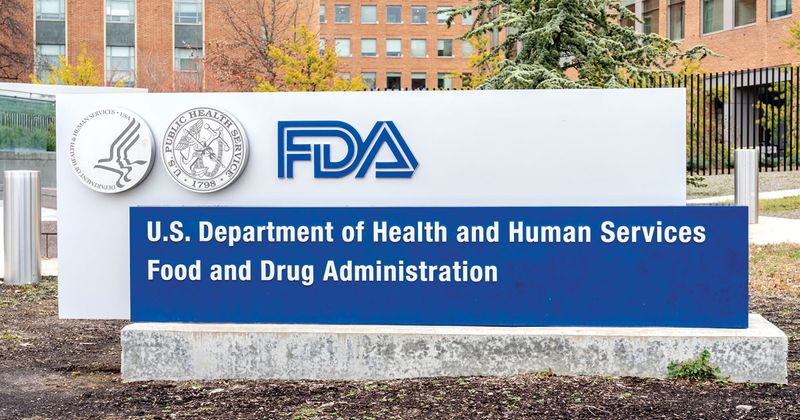FDA continuing its investigation of potential toxins in blood tubing used during dialysis
The FDA is continuing to assess the potential risk of toxic compounds found in silicon tubing used during dialysis, according to a press release.
The tubing is “used as a part of the hydraulics in the dialysate lines,” according to a letter from the FDA that was sent Feb. 7 to health care providers.

In May 2022, the FDA found the silicon tubing was being used in dialysis machines manufactured by Fresenius Medical Care. The manufacturing process of the silicone tubing used a non-dioxin-like (NDL) chlorinated peroxide initiator that resulted in polychlorinated biphenyl acids (PCBAs) and NDL polychlorinated biphenyls (PCBs) deposits in the dialysis machine, according to the letter.
The FDA said it worked with Fresenius Medical Care, “which modified the silicone tubing used in their hemodialysis machines to platinum catalyst silicone tubing,” according to the release. “Based on information provided by the manufacturer, NDL PCBAs and NDL PCBs were not detected in machines with the modified silicone tubing.”
The agency said it is now evaluating similar tubing found on hemodialysis and peritoneal dialysis systems manufactured by other companies “but we do not know at this time whether there is any risk of exposure to NDL PCBAs or NDL PCBs,” according to the letter. “The FDA is working with these manufacturers to further collect and evaluate data to determine the risk of exposure to NDL PCBAs and NDL PCBs on patients and develop strategies to address the issue, if needed. More testing and analysis are needed to determine if NDL PCBAs or NDL PCBs are present in the systems, and if so, the amount and extent of exposure to patients of these toxic compounds,” the FDA wrote.
In the letter, the FDA wrote that health care providers should continue to provide dialysis to patients.
“Be aware the FDA is working with manufacturers to understand the potential risk of exposure to NDL PCBAs and NDL PCBs with hemodialysis and peritoneal dialysis systems and develop mitigation strategies, if needed,” the FDA wrote.
The agency encouraged providers to “report any concerns with hemodialysis or peritoneal dialysis systems to the FDA, including any adverse effects on patients that may be related to the potential exposure to NDL PCBAs or NDL PCBs.”
